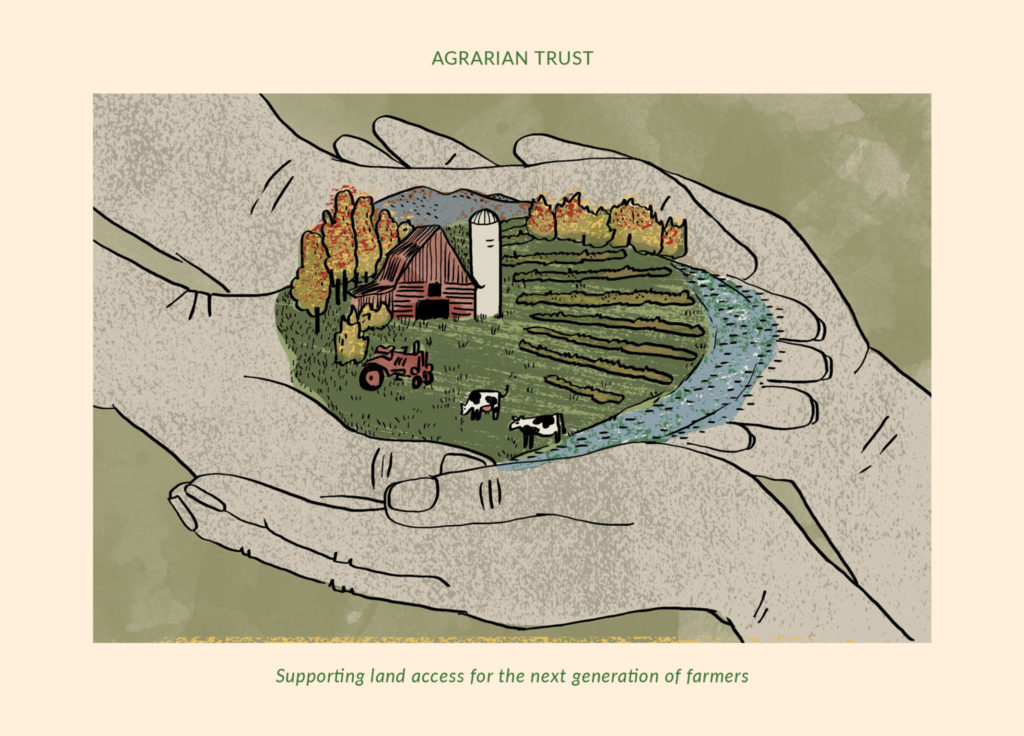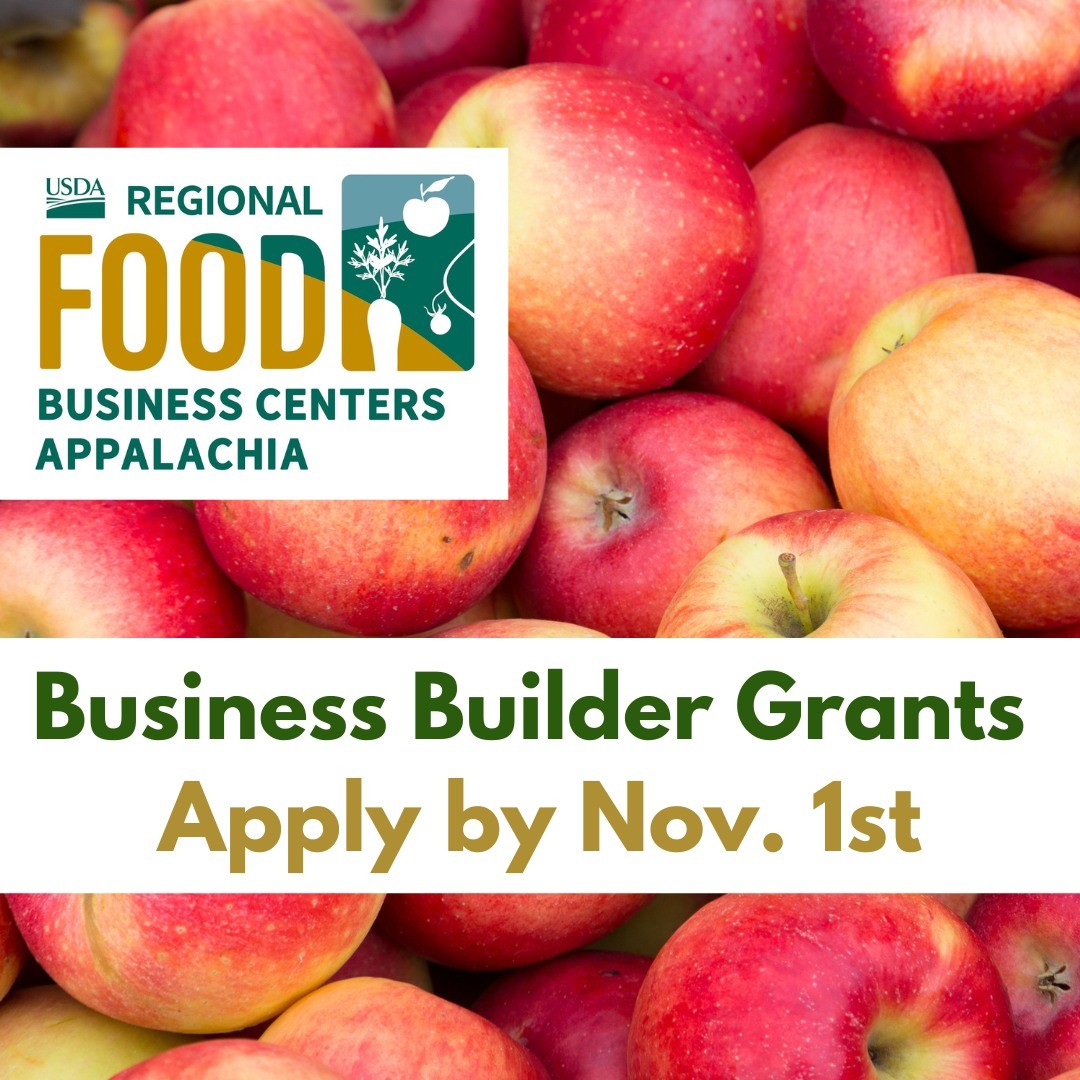By Jamie Pottern
Who Controls the Land?
The use, stewardship, and control of land throughout time has shaped our evolution, our culture, and our landscapes–and it is actively shaping the future of life on this planet.
Part of working toward a sustainable and equitable future requires us all to look back at the strategies and tools for land access that have shaped our history. Like most challenges in the modern era, often the answers lie in the wisdom of those who came before us, and with the critical and discerning eye to what must be improved, repaired, and made right.
Indigenous communities around the world have all had their own unique and time-tested strategies for establishing and re-establishing access to land and resources, with a focus on land stewardship. Across the globe, communities developed systems of “commons” resource use—an iterative process of relationships and rules governing access to shared land and resources. Unfortunately, there were also hierarchical models of land control, such as those employed by the powerful elite in the Middle Ages in Europe, who developed property laws as a way of retaining ownership of land and accumulating wealth. They developed tools like the lease or leasehold interest, which offered those with less power and resources some degree of interest in the land in exchange for services.
The colonizers of the “New World” and of other continents brought with them innumerable weapons, not the least of which were European property laws and a set of ideas and beliefs about land ownership. This paradigm of control and “Manifest Destiny” has wrought untold horrors on Native Americans, Africans brought here as slaves, on their descendants, and later on immigrant populations. Dispossession of land as well as racist and discriminatory policies and practices continue to this day.
Old Tools, New Goals
However, when employed by marginalized communities and community groups, legal tools which were historically weaponized to disenfranchise them—like the “lease”—can be used to achieve goals of secure access to land and housing. For example, in the late 1960s, a community of African American farmers in Georgia worked together to create the first Community Land Trust (CLT) in the country to collectively own and operate a nearly 6,000-acre property under the name New Communities Inc., leasing individual parcels to their members and securing for themselves access to land and housing. (Learn more here and here. We also recommend watching Arc of Justice, an excellent recent documentary film about New Communities Inc.). A Community Land Trust uses the tools of property law to creatively hold land in a democratic fashion and provide its own community with secure, equitable, and affordable access to land and resources.
Similarly, “easements” have historically been used by companies and governments in extractive and exploitative ways to gain access to natural resources (e.g., oil, gas, water, minerals, etc.) and to privatize those use-rights. In the 1970s and ‘80s, land conservation groups began using the power of property law to create conservation land trusts exerting the power of “conservation easements” to permanently protect farms, forests, water, soil, and recreational opportunities—thereby preventing the unhindered development of houses and strip malls and protecting local livelihoods, drinking water, and community character.
Keeping Farms in the Hands of Farmers: A New Charge for Land Trusts
Today, our nation’s farmland is under extreme threat from climate change, contamination of soils, and development pressure. Conservation land trusts across the country face an uphill battle against high land values and funding limitations to conserve our working farms and forests. And still, we are starting to understand that conservation alone has not been enough—and will not be enough—to keep even conserved farmland in the hands of farmers.
That these farms are going to change hands is inevitable; that the next generation of farmers who so desperately want to farm them cannot afford to buy them is a stark reality.
According to a study by the National Young Farmers Coalition, Building a Future with Farmers (2017)—which polled over 3,500 aspiring, current, and farmer farmers—land access is the top challenge faced by our nation’s young farmers. In particular, finding and affording land on a farm income is their top challenge and the primary reason “why farmers quit farming and why aspiring farmers haven’t yet started.” Of those polled, 75% of young farmers did not grow up on a farm, meaning they aren’t going to inherit family farms. The land access barrier was closely followed by barriers including student loan debt, labor, and health insurance.
While we know that young farmers are struggling to access land, we also know that our nation’s farmers are aging. “Farmers over the age of 65 now outnumber farmers under 35 by a margin of six to one” (NYFC 2017) and over the next 5 years, nearly 100 million acres of farmland are expected to change ownership (National Agricultural Statistics Service).
That these farms are going to change hands is inevitable; that the next generation of farmers who so desperately want to farm them cannot afford to buy them is a stark reality. How can land trusts help turn the tide against the mounting barriers faced by our nation’s farmers?
Equity in Land
Today, in the United States, approximately 98% of farmland is owned by white people.
We in the conservation land trust community—historically white-led and governed—must contend with the painful history, and systemic racist practices and policies that have led to such great inequities. We must work to use all the tools, relationships, and resources at our disposal to create greater equity in access to land for farmers of color and indigenous farmers. (Read more here). An inspiring effort is the The Northeast Farmers of Color (NEFOC) Network, that is in the process of creating the first farmers of color regional land trust in the northeast. They are working to creatively adapt old and new tools to support land sovereignty for farmers of color. (See also the Reparations Map for Black-Indigenous Farmers and the National Black Food & Justice Alliance).
As our legal partner Neil Thapar, Food and Farmland Attorney at the Sustainable Economies Law Center (SELC) shared:
“There are and have been several attempts to address the farmland crisis over the years, all falling short in one key way: So far everyone has been framing this problem as a land access challenge, when the problem is actually an inequitable distribution of ownership, specifically private, individual ownership and considerations of ownership, tenure, equity and self-determination.”
The Expanding Toolbox: Building a Community of Support around Land Access Innovation
A small group of innovators in the conservation land trust community are dusting off the toolbox and sharpening and reconfiguring the tools to create more equitable, secure, and affordable access to high quality farmland, farm buildings, and farmer housing.
Models like the “99-year ground lease” and the “Option to Purchase at Agricultural Value” (OPAV) are powerful legal tools that can help keep more farmers on the land. The ground lease model vests the fee-ownership of the land with a land trust or non-profit, while providing affordable, lifetime access to land and enabling the farmer to own and build equity in the buildings.
See Agrarian Trust’s Case Study of Temple-Wilton Community Farm to learn about ways a 99-year ground lease can be employed.
The OPAV model ensures that the farm must always be sold to farmers at an agricultural value, thereby keeping farmland and buildings more affordable and in the hands of working farmers.
Watch for our upcoming case study on Wingate Farm by our Agrarian Legal Support team to learn more about the OPAV model.
Since 1991 Equity Trust—a national nonprofit that promotes equity by changing the way people think about and hold property—has been developing, piloting, and sharing models with the conservation land trust community, farmers, CSA members, and other partners to use, tweak and share back. Many of these tools stem from the affordable housing movement and the parallel Community Land Trust and community economics movements over the last half century. Since 2014, Equity Trust has partnered with the National Young Farmers Coalition (NYFC) in hosting a network and a series of convenings called the Land Access Innovations Trainings. These trainings highlight the work of innovative conservation land trusts across the country using these models in their communities to conserve and create more affordable access and long-term land security for farmers; and provides detailed guidance for those who want to use these tools. Equity Trust serves as the lead mentor of these trainings.
I—on behalf of Agrarian Trust and Mount Grace Land Conservation Trust—have participated in a number of these energizing trainings over the last few years, including the most recent one in Pittsburgh, Pennsylvania in October 2018. Our Director, Ian McSweeney, has also participated in a number of these trainings and contributed to NYFC’s guidebook for farmers on how to work with land trusts.
Vermont Land Trust, Equity Trust, Mount Grace Land Conservation Trust, PCC Farmland Trust, Columbia Land Conservancy, Peconic Land Trust, Agrarian Trust, and others are among the handful of land trusts who have presented at these trainings who are piloting innovative land projects and tools to help farmers and communities secure important farms for the future. These trainings have been exciting opportunities to hear lessons learned and inspiring stories about land access and conservation tools. (Read Agrarian Trust’s compilation of Land Access Resources and Land Access Strategies).
Why Agrarian Trust Stands Out: Bringing Together Land Access Tools and Vision
Agrarian Trust, a 501(c)(3) charitable organization founded in 2014, is creating local Agrarian Commons (501(c)(2) land holding entities to support land access and tenure for the next generation of farmers. In this work, we are committed to working to dismantle racism and systems of oppression around land access.
The local Agrarian Commons will hold farmland to: (1) support ecological restorative agriculture and community, (2) convey 99-year lease tenure and equity interest to farmers, (3) share in ecological stewardship investment, and (4) support farm viability and local agrarian economy.
Our model combines tools old and new (Conservation Easements, Community Land Trust, Conservation Land Trust, Ground Leases, OPAVs, and others) to further the values of equity, democratic control, and stewardship. By holding resources in common ownership for the community we remove them from private ownership and commoditized markets, placing them under management by the community for individual and collective benefit. By holding land and resources in an “Agrarian Commons,” we will protect farmland and infrastructure in perpetuity, protect and regenerate soil and ecosystem health, provide local food for communities, revitalize local agrarian economies, and create affordable, secure access to land and infrastructure.

Agrarian Trust is grateful for our partner, the Sustainable Economies Law Center (SELC), who provides invaluable assistance in developing our organization’s governance model and creative legal tools to hold land in common and actualize our vision.
How you can help support this work
Much like the saying “it takes a village to raise a child,” we understand that it takes a village to save a farm, and we cannot do it alone. Below are some ways you can support our work to create an Agrarian Commons and create access to land for the next generation of farmers.
- Please make a contribution to seed the creation of local Agrarian Commons.
- Please read about Agrarian Trust’s Resource Support, Advising & Consultation Services and share with those in need of support.
- Please sign up for Agrarian Trust’s newsletter and share with others.
Thank you for sharing our vision for an Agrarian Commons and a more just, sustainable, and equitable future.


